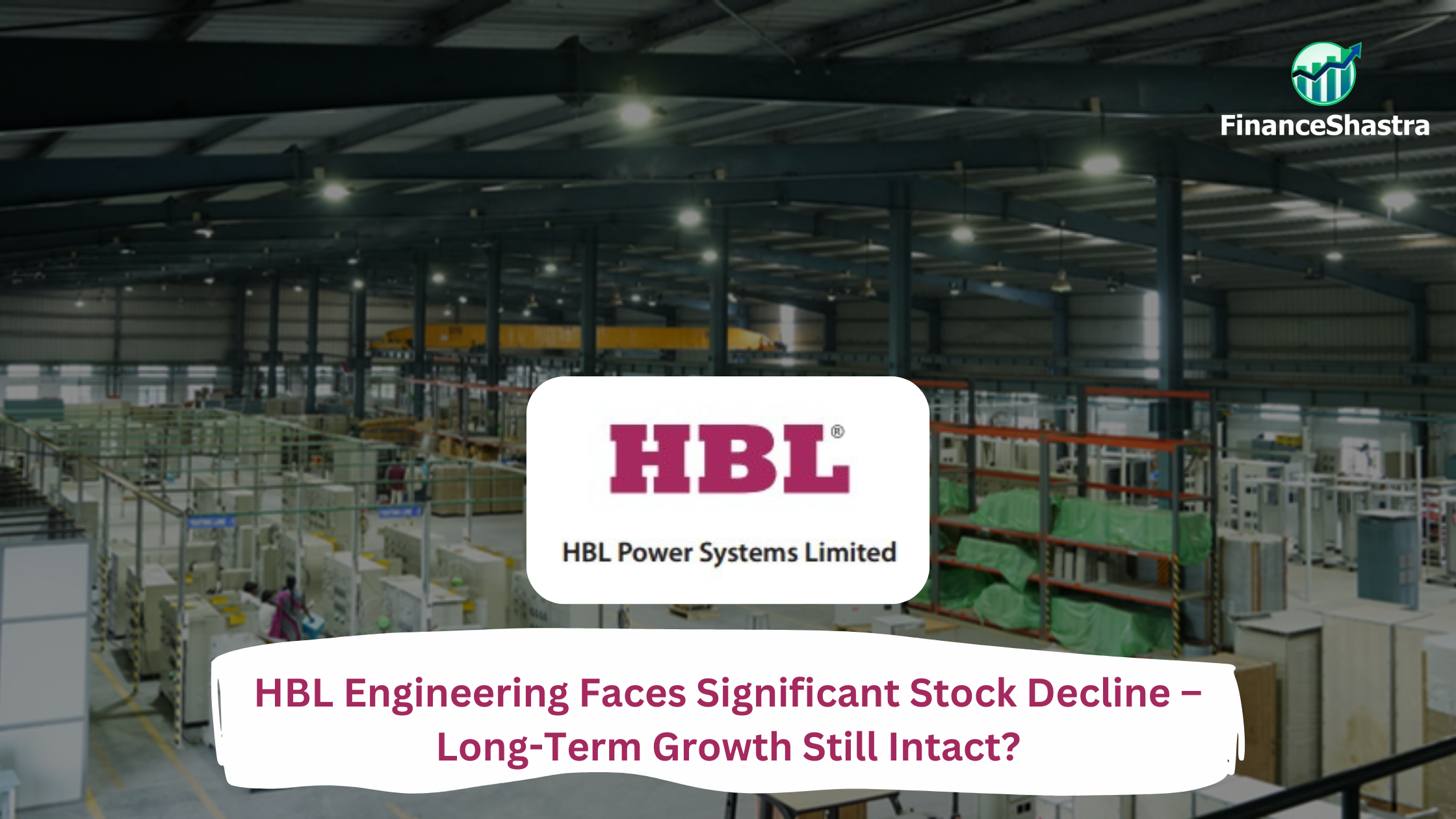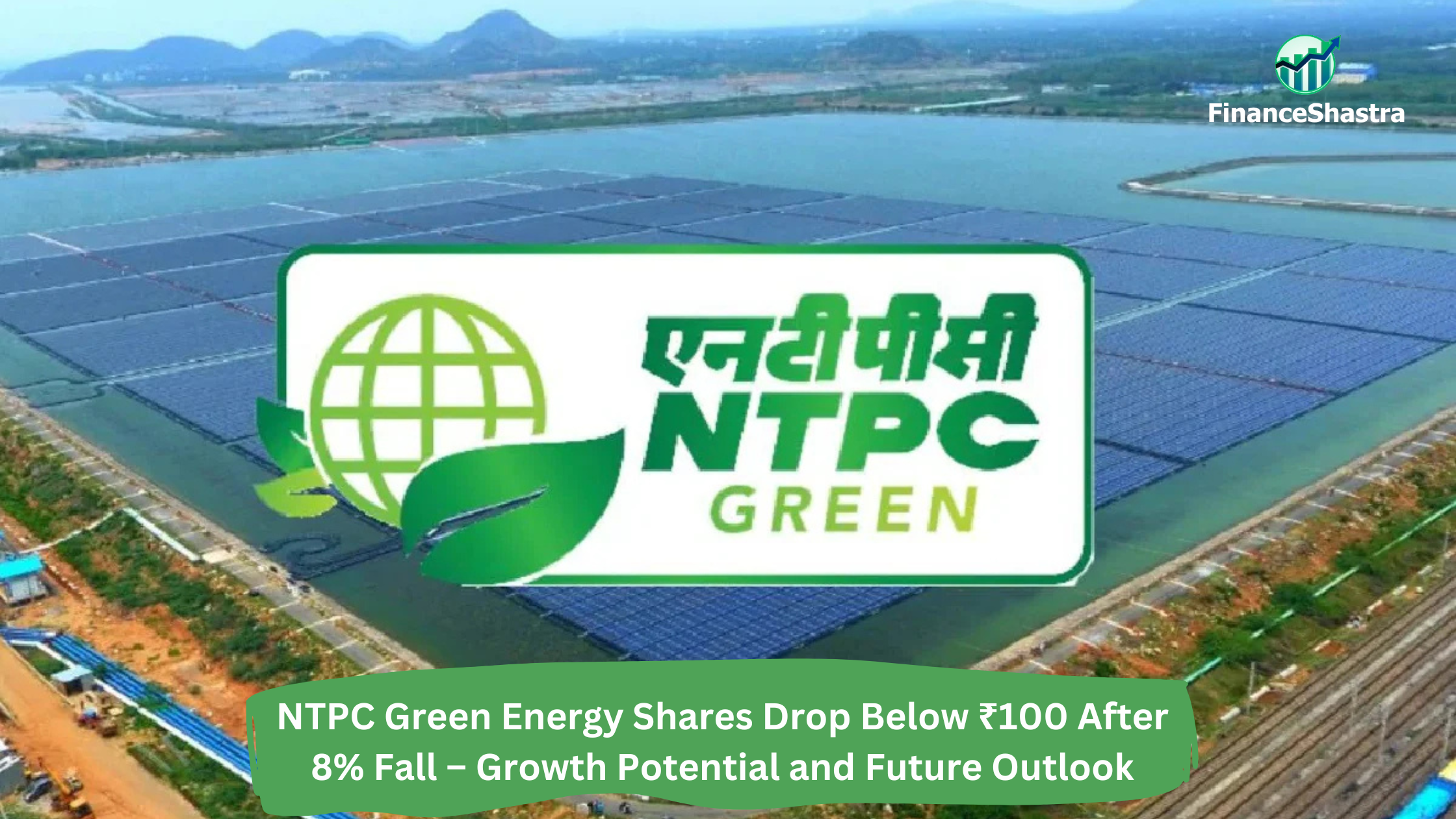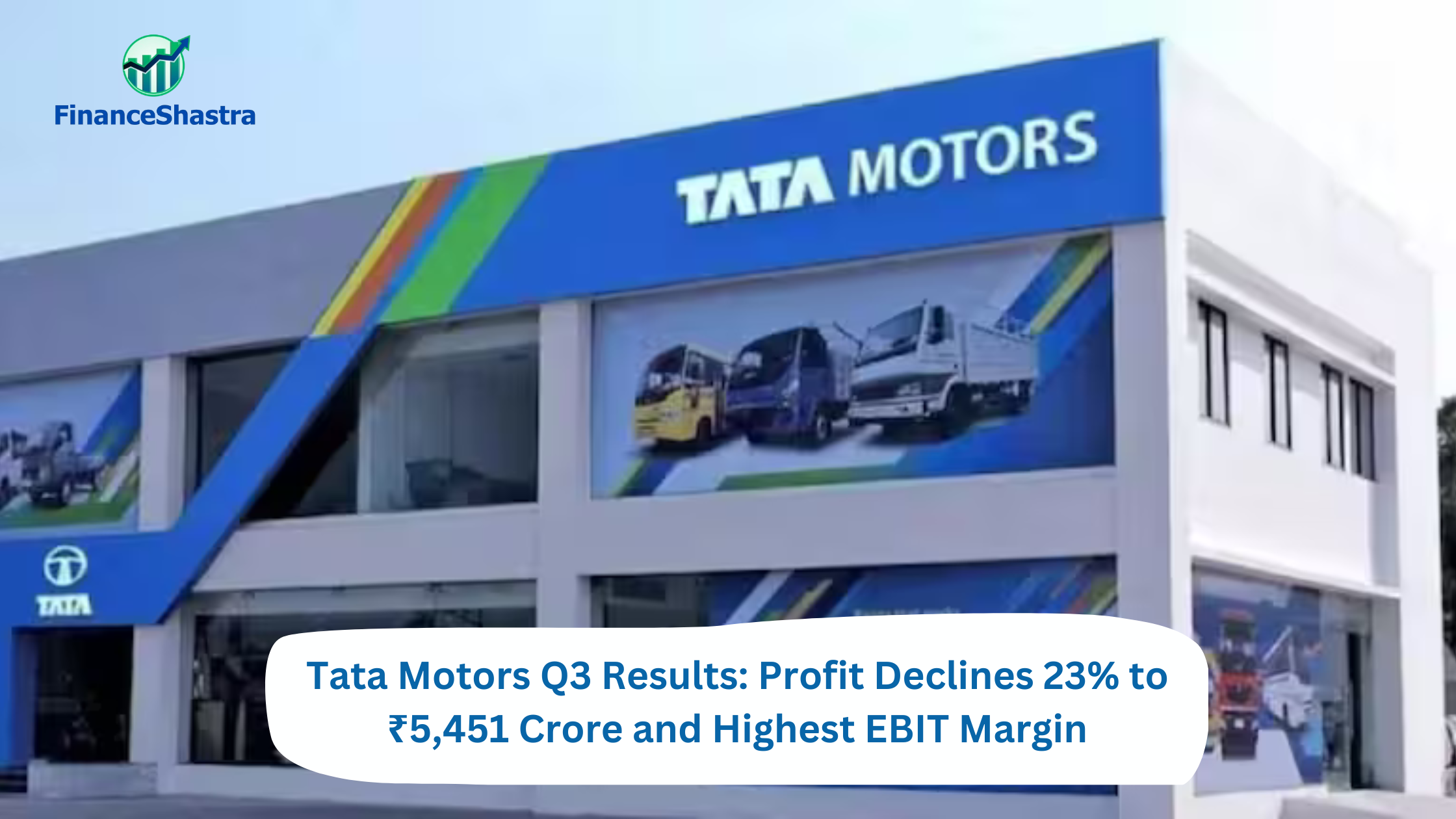Delhi’s EV Push Sends IGL Shares Down 5% – Long-Term Risks and Opportunities
Business and Industry Overview:
Indraprastha Gas Limited (IGL) (Formerly Gas Authority of India Limited) is an Indian company. It gives natural gas to homes, shops, factories, and vehicles. It gives piped natural gas (PNG) for cooking and work use. It gives compressed natural gas (CNG) for cars, buses, and autos. It works mainly in Delhi and NCR (National Capital Region). IGL started in 1998. It was made to take over the Delhi City Gas Distribution Project from GAIL. IGL is a joint venture. It is owned by GAIL, Bharat Petroleum (BPCL), and the Government of Delhi. All three together started this company. In 2003, IGL became a public company. People could buy its shares on the Bombay Stock Exchange (BSE) and National Stock Exchange (NSE). By 31 December 2017, IGL was giving gas to many people. It gave piped gas to more than 9 lakh homes. It gave gas to over 2,000 shops and more than 1,150 factories. It had around 425 CNG stations. As of 31 December 2017, IGL supplied piped natural gas to over 9,00,000 homes, over 2,000 commercial and more than 1,150 industrial establishments in the NCR. It also operates 425 CNG filling stations for natural gas vehicles. People could fill gas in their vehicles from these stations. IGL gets its gas from a pipeline. This is the HVJ pipeline. It is owned by GAIL. As of April 2025, IGL’s share price is around ₹175. The company is worth about ₹24,256 crore in the stock market. In financial year 2024, the company made about ₹14,000 crore from sales. Its operating profit was around ₹2,366 crore. IGL wants to give clean, safe, and eco-friendly fuel. It helps in reducing air pollution. It gives people a better and safer fuel choice.
Latest Stock News:
In April 2025, IGL’s share price is around ₹174.45. Its market value is about ₹24,256 crore. In FY 2024, the company made about ₹14,000 crore in sales. It earned around ₹2,366 crore in profit before tax and interest. On Tuesday (April 8, 2025), IGL’s shares fell by 5%. The price dropped to around ₹178.72 at 3 PM. This happened after news came about a new draft EV policy by the Delhi government. The policy says CNG autorickshaws will be phased out in Delhi. No new CNG auto registrations will be allowed after August 15, 2025. Also, CNG auto permits will not be renewed after that date. Only electric auto permits will be allowed. IGL gets 30% of its gas sales from CNG. Most of this comes from cars. But this new rule could hurt the company in the long term. The draft EV policy also says people can buy electric cars only if they already have two vehicles. This rule will start after the policy is fully approved. IGL gives clean and safe fuel. But this new policy may reduce its sales in the future.
Potentials:
Indraprastha Gas Limited (IGL) has many simple and clear plans for the future. It wants to open 80 new CNG stations in one year. It also wants to give piped gas to 3 lakh more homes. It will give gas to more shops and factories. IGL will also build more gas pipelines. IGL is working on solar power. It will build a solar power plant in Rajasthan. The plant will be very big. It will make clean electricity. IGL wants to make more solar power projects in the next 2 to 4 years. IGL will also work on electric vehicles (EV). It will open 25 battery swapping stations. These will help people using electric scooters and autos.
IGL will also make biogas from waste. It will build 19 biogas plants. These plants will be in Delhi, Haryana, Rajasthan, and Uttar Pradesh. This gas will help the company meet about 5% of its gas need. IGL also wants to buy small gas companies. This will help it grow in more cities. Now IGL works in 32 districts in 4 states. It wants to grow more and use more clean fuel in the future.
Analyst Insights:
- Market capitalisation: ₹ 24,318 Cr.
- Current Price: ₹ 174
- 52-Week High/Low: ₹ 285 / 153
- Stock P/E Ratio: 16.2
- Dividend Yield: 2.64%
- Return on Capital Employed (ROCE): 28.8%
- Return on Equity (ROE): 21.8%
Indraprastha Gas Ltd is a strong company. It has no debt. It gives good returns. ROCE is 28.8% and ROE is 21.8%. It gives 42.8% of its profit as dividend. In the last 5 years, profit grew by 18.4% every year. The company has a big network. It runs 819 CNG stations and gives gas to over 25 lakh homes. But in the last quarter (Dec 2024), profit went down to ₹286 crore. Profit margin also fell to 10%, which is low. Also, Delhi government wants to stop CNG auto permits from August 2025. This is bad for IGL because 30% of its gas is sold as CNG. The share price also dropped from ₹285 to ₹174. This shows that the market is worried. So, it is better to hold the stock and wait. Do not buy more now.





